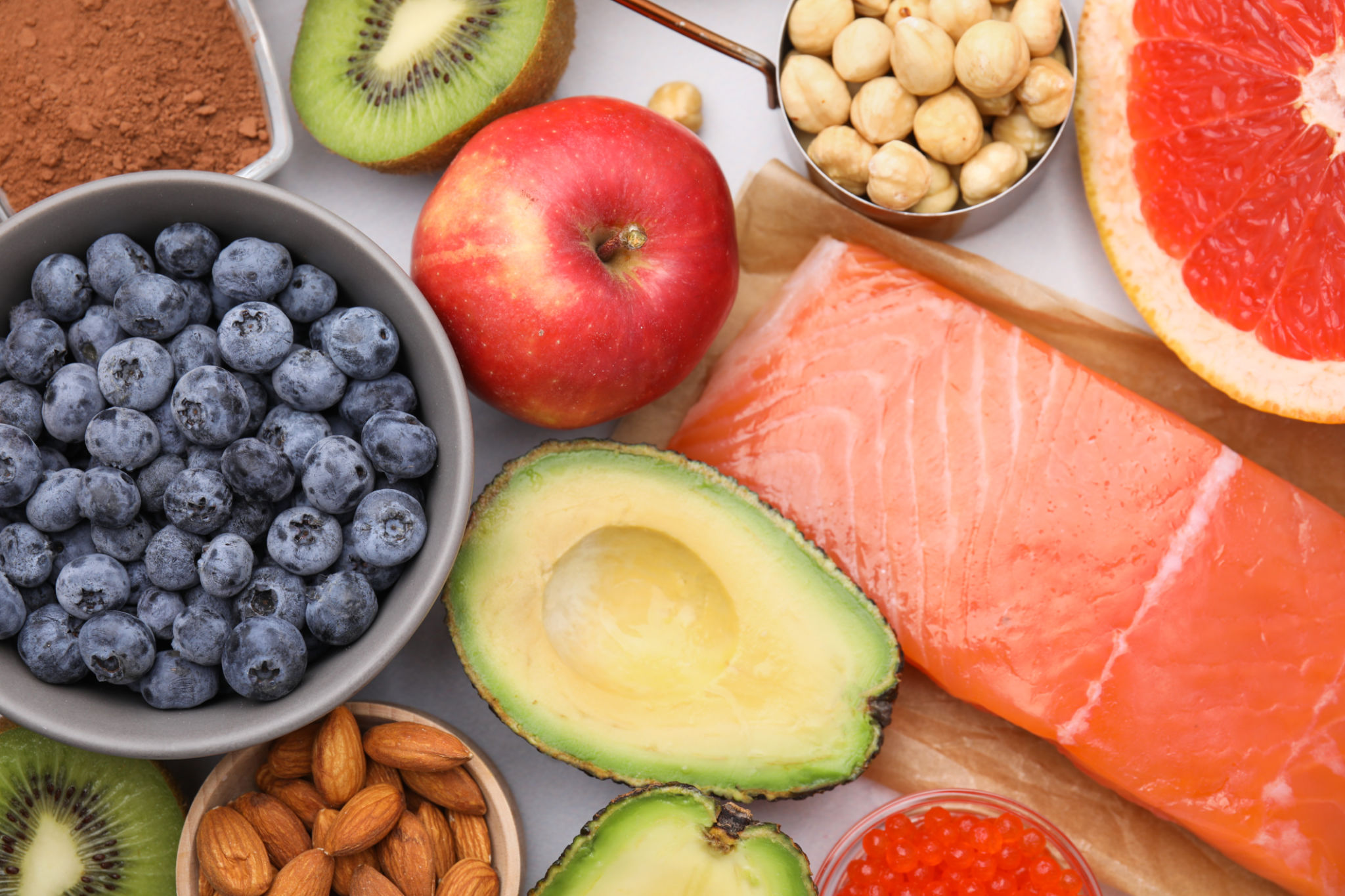How to Break a Fast: Refeeding Recipes and Tips for Optimal Health
Understanding the Importance of Breaking a Fast Properly
Fasting has become a popular method for detoxifying the body and promoting overall health. However, one crucial aspect often overlooked is how to break a fast safely. The process of refeeding is just as important as the fasting itself, as it helps the body transition back to a normal eating routine while maximizing the health benefits achieved during the fast.
Breaking a fast incorrectly can lead to digestive discomfort or even negate some of the positive effects of fasting. Therefore, it is essential to approach this phase with care and attention, ensuring that your body receives the nutrients it needs without overwhelming your digestive system.

Refeeding Tips for a Smooth Transition
The key to breaking a fast is to introduce food gradually and in small quantities. This allows your digestive system to adjust slowly and prevents any potential discomfort. Begin with light, easily digestible foods and progressively incorporate more substantial meals.
Here are some helpful tips to keep in mind when refeeding:
- Start with liquids or soft foods like soups or smoothies.
- Include probiotic-rich foods to aid digestion, such as yogurt or kefir.
- Avoid processed and high-sugar foods initially.
- Hydrate adequately, focusing on water and herbal teas.
Nutrient-Rich Foods to Include
When you're ready to start eating solid foods again, focus on nutrient-dense options that support your body's recovery and enhance the benefits of your fast. Fruits and vegetables are excellent choices as they are rich in vitamins, minerals, and fiber.
Whole grains such as quinoa or brown rice provide essential carbohydrates and energy. Lean proteins from sources like chicken, fish, or legumes can help rebuild muscle and tissue. Incorporating healthy fats from avocados, nuts, and seeds will also support overall well-being.

Refeeding Recipes to Try
Refreshing Green Smoothie
This smoothie is an ideal way to ease back into eating after fasting. Blend together one cup of spinach, half a banana, a tablespoon of chia seeds, and a cup of almond milk. This refreshing drink is packed with nutrients and easy on the stomach.
Nourishing Vegetable Soup
A warm vegetable soup can be both comforting and nourishing. Use a variety of vegetables like carrots, zucchini, and celery, and simmer them in a light vegetable broth. Add herbs such as thyme and rosemary for extra flavor.

Monitoring Your Body's Response
As you gradually reintroduce food into your diet, it is vital to listen to your body's signals. Pay attention to how different foods make you feel and adjust your refeeding plan accordingly. If certain foods cause discomfort or bloating, it may be best to avoid them temporarily.
Monitoring your body's response helps ensure that you maintain the positive effects of fasting while promoting optimal health during the refeeding phase. Remember that each person's experience can vary, so it’s crucial to personalize your approach based on individual responses.
Conclusion
Breaking a fast is an integral part of the fasting process that requires careful attention and planning. By following these tips and incorporating nutrient-rich recipes, you can ensure a smooth transition back to regular eating while preserving the benefits of fasting. Allow your body the time it needs to adjust, and enjoy the journey towards improved health and wellness.